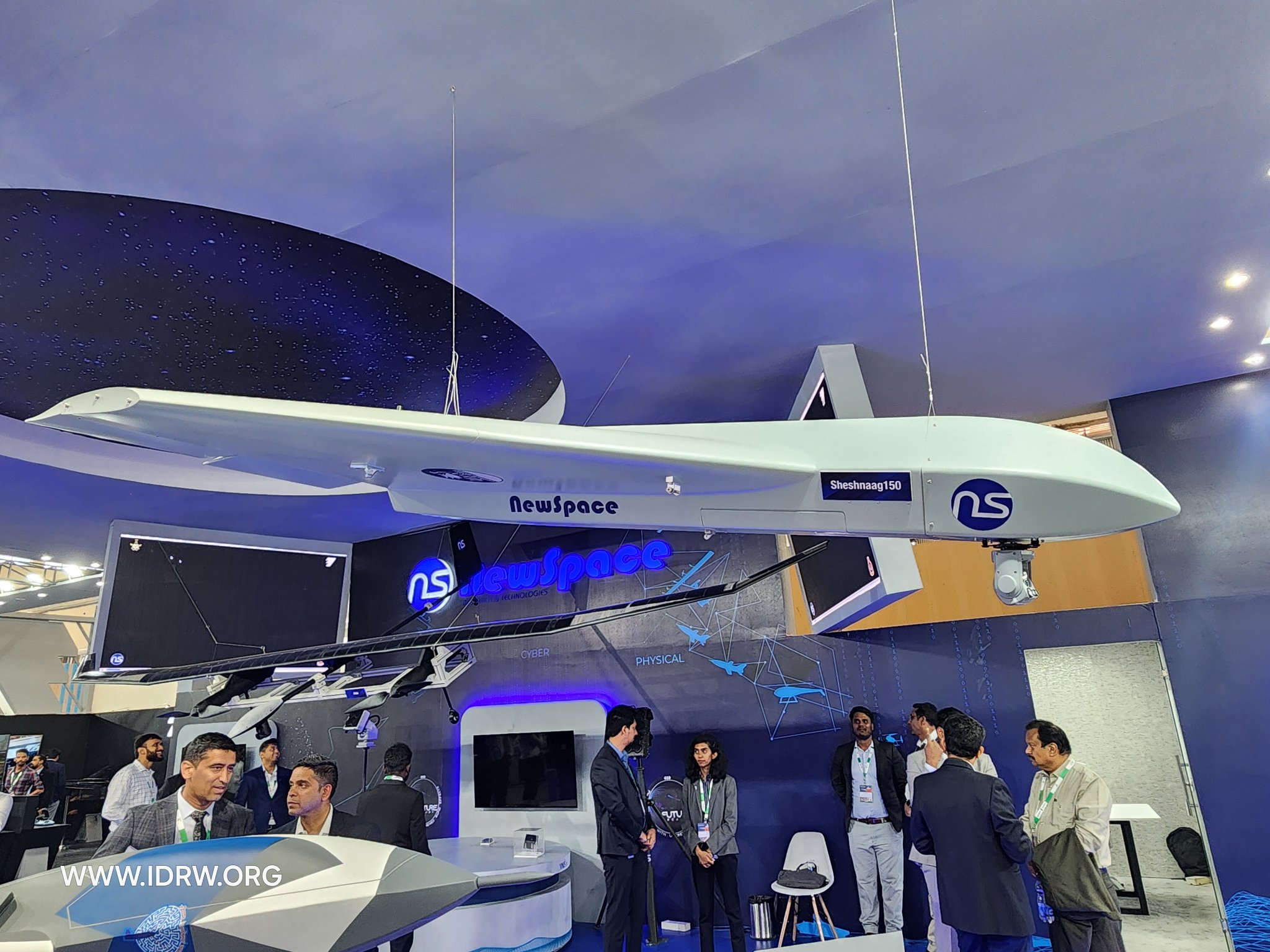SOURCE: IDRW.ORG


The Indian Air Force (IAF) is set to release a Request for Information (RFI) inviting private industry partners to design and develop advanced ground-launched, Beyond Visual Line of Sight (BVLOS) loitering munitions. These smart, electro-optically guided systems, with a range of 500 to 1,000 kilometers, are poised to redefine India’s tactical strike capabilities.
Featuring a 50 kg explosive warhead and the ability to loiter for over six hours, these munitions promise enhanced precision, flexibility, and autonomy—key attributes for modern warfare. This move, aligned with India’s Atmanirbhar Bharat initiative, underscores the IAF’s intent to leverage indigenous innovation to meet evolving security challenges.
Loitering munitions, often dubbed “suicide drones,” combine the attributes of drones and missiles, offering a unique blend of endurance, intelligence, and lethality. The IAF’s envisioned system takes this concept further with BVLOS capabilities, enabling operations far beyond the operator’s line of sight.
Key specifications include:
Range: 500-1,000 km, allowing deep strikes into enemy territory from safe launch points.
Warhead: A 50 kg explosive payload, sufficient to neutralize high-value targets like command posts, radar installations, or armored vehicles.
Endurance: Over six hours of loitering time, providing extended windows for target identification and engagement.
Guidance: Electro-optical (EO) systems with real-time video imagery, ensuring precision targeting and operator control.
The munitions are designed as ground-launched systems, deployable from mobile platforms or fixed sites, integrating seamlessly into existing military frameworks. This adaptability enhances their utility across diverse operational scenarios, from border conflicts to counter-insurgency missions.
The IAF’s requirements outline a sophisticated mission profile:
- Autonomous Navigation: Pre-launch, the munitions will be programmed to navigate autonomously to a designated holding area using onboard GPS and inertial navigation systems (INS). Once there, they loiter, conserving fuel while awaiting further instructions.
- Real-Time Control: Operators will receive live video feeds from the EO seeker, enabling target selection and attack initiation from hundreds of kilometers away. This man-in-the-loop functionality ensures precision and adaptability.
- Precision Strike: Upon target confirmation, the munition executes a steep dive, tracking its prey with EO guidance and detonating the 50 kg warhead on impact for maximum effect.
- Comprehensive Mission Support: The system integrates search, attack, and battle damage assessment (BDA) capabilities, operating independently of external targeting or intelligence networks—a critical feature in contested environments where communication may be disrupted.
The six-hour loitering duration is a standout feature, enabling persistent surveillance and opportunistic strikes. In scenarios like the LAC, where China deploys mobile missile systems and fortified positions, these munitions could loiter over suspected areas, striking at the optimal moment with minimal risk to personnel or aircraft. The 50 kg warhead, while modest compared to larger missiles like BrahMos, is ideal for precision strikes against high-value, low-signature targets, reducing the need for costlier platforms.
NOTE : Article cannot be reproduced without written permission of idrw.org in any form even for YouTube Videos to avoid Copy right strikes. Websites doing illegal reproductions will get DMCA and Legal Notices.